Your cart is currently empty!
Rolex Prince Sale
Box: Yes Papers: No Age: 1937 Movement: Manual Case Size: 20mm x 40 mm Case: Yellow Gold Dial: White Bracelet: Black Crocodile Leather
Description
Rolex Prince
The Rolex Prince is a vintage luxury watch that was first introduced by Rolex in the 1920s. Known for its distinct and elegant design, the Prince model was one of Rolex’s early forays into the world of precision timepieces, long before the brand became synonymous with sports and diving watches like the Submariner or Daytona.
Historical Context:
The Rolex Prince was introduced during a time when wristwatches were becoming more popular, especially after World War I. The watch was marketed as a highly accurate and luxurious timepiece for those who appreciated fine craftsmanship and precision. It was aimed at individuals who valued both technical excellence and a sophisticated appearance.
The watch was particularly notable for its rectangular or “tonneau” shape, which set it apart from more conventional round wristwatches of the era. This distinctive shape, paired with its slim profile, gave the Rolex Prince an elegant and refined look, making it a favorite among upper-class society, including businessmen and aristocrats.
Design Features:
- Case: The most recognizable feature of the Rolex Prince is its rectangular case. While the dimensions varied slightly across different models, it typically had a size that was more elongated than square, giving it a distinctive look. The case was crafted in high-quality materials, often 18k gold, and occasionally stainless steel. Some models featured intricate engraving or guilloché patterns on the caseback or sides.
- Dial: The dial was typically simple but elegant, with a clean layout and traditional Arabic numerals or Roman numerals. The most iconic models of the Rolex Prince featured a two-tone dial with a sunburst finish, a classic Rolex feature that caught the light beautifully. Some versions also featured an Art Deco-inspired design, reflecting the design trends of the 1920s and 1930s.
- Movement: Inside the case, the Rolex Prince housed a highly accurate, manually wound movement, often one of the brand’s own in-house calibers. The movement was regarded for its precision, and Rolex made a name for itself as a maker of reliable, chronometer-grade timepieces during this period. The Prince was particularly marketed as being highly accurate for its time, contributing to Rolex’s reputation for producing top-tier mechanical watches.
- Two-Compartment Dial: A signature feature of many Rolex Prince models was its “two-compartment” or “two-zone” dial. This design divided the watch face into two sections: the upper section for hours and minutes, and the lower section for seconds, giving the watch a unique and refined appearance.
- Strap: The Rolex Prince was typically paired with leather straps that further enhanced its classy look. These straps were often made from high-quality alligator or crocodile leather, giving the watch a luxurious feel when worn.
Variants:
Over the years, several variations of the Rolex Prince were produced, with different case sizes, dial configurations, and movement calibers. Some of the more notable versions include:
- The Rolex Prince 11″ – A reference to the size and shape of the case.
- The Rolex Prince “Surgical” – A model that emphasized both luxury and precision, made with materials that were suitable for the medical profession.
- The Rolex Prince with “Breguet numerals” – Some models featured Breguet-style numerals, adding a touch of classic watchmaking elegance to the design.
The Rolex Prince is a historically significant and aesthetically pleasing timepiece that represents the early days of Rolex’s commitment to precision and luxury. Though it is no longer in production, it remains a cherished collector’s item that showcases the brand’s exceptional craftsmanship and timeless design sensibility.
Specifications Rolex Prince:
1. Case:
- Shape: Rectangular or tonneau-shaped (rounded corners, slightly elongated).
- Material: 18k yellow or white gold, stainless steel, or a combination of both (some models featured gold plating).
- Dimensions:
- Width: Approximately 32mm–35mm (varied by model and production year).
- Length: Typically 43mm–45mm.
- Thickness: Relatively slim, around 9mm–11mm (depending on model).
- Caseback: Solid, often with engraved or guilloché patterns, depending on the model.
- Crown: A small, fluted screw-down crown (like many early Rolex models).
2. Dial:
- Style: Two-zone dial (upper part for hours and minutes, lower part for seconds).
- Finish: Sunburst or matte finish, with some models featuring intricate patterns like guilloché or Art Deco influences.
- Numerals: Arabic or Roman numerals, with some models featuring Breguet numerals (stylized, finely crafted).
- Hands: Typically dauphine-style or Breguet-style hands, finely finished and designed for legibility.
- Sub-dial: Lower part of the dial typically displays a small seconds sub-dial (at 6 o’clock).
- Markers: Applied or painted markers, usually in gold, for high contrast against the dial.
3. Movement:
- Caliber: Rolex’s own manual-wound movement, often one of the early in-house calibers. Common calibers for the Rolex Prince included the Rolex Caliber 9″ and Caliber 10″.
- Power Reserve: Around 36-42 hours, depending on the movement variant.
- Accuracy: Highly precise for its time, with many models designated as “chronometer” grade.
- Jewels: Typically 15–17 jewels, common for manual-wound movements of that era.
4. Strap:
- Material: Leather straps, commonly alligator or crocodile leather.
- Buckle: Matching gold or stainless steel buckle, depending on the material of the case.
5. Crystal:
- Material: Acrylic crystal (typical for vintage Rolex models of the era).
- Shape: Slightly domed to follow the curvature of the case.
6. Water Resistance:
- Water Resistance: While vintage models like the Rolex Prince were not specifically designed for modern-day water resistance, they typically offered basic protection against splashes and light exposure to moisture. As with most vintage pieces, care should be taken to keep them dry.
7. Production Years:
- Period: The Rolex Prince was produced primarily from the late 1920s until the early 1930s, with some variations being introduced in the following years.
8. Other Features:
- Case Back Engraving: Some models featured intricate engraving on the case back, with motifs like floral patterns or initials.
- Signature: The word “Rolex” and “Prince” were often inscribed on the dial, either in a traditional font or in a more decorative script for some models.
Summary:
- Case: 18k gold or stainless steel, rectangular/tonneau shape, 32mm–35mm wide.
- Dial: Two-zone, sunburst or matte finish, Arabic/Roman numerals, small seconds sub-dial.
- Movement: Manual-wound Rolex Caliber, 36-42 hour power reserve, 15-17 jewels.
- Strap: Leather (alligator/crocodile), matching buckle.
- Water Resistance: Minimal, vintage specification.
- Produced: Late 1920s to early 1930s.


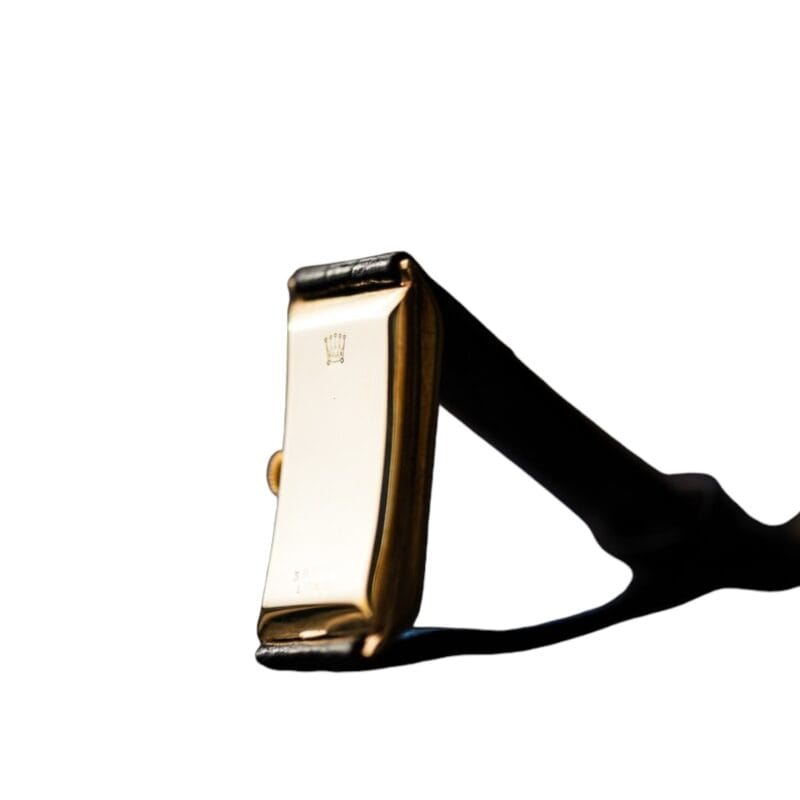




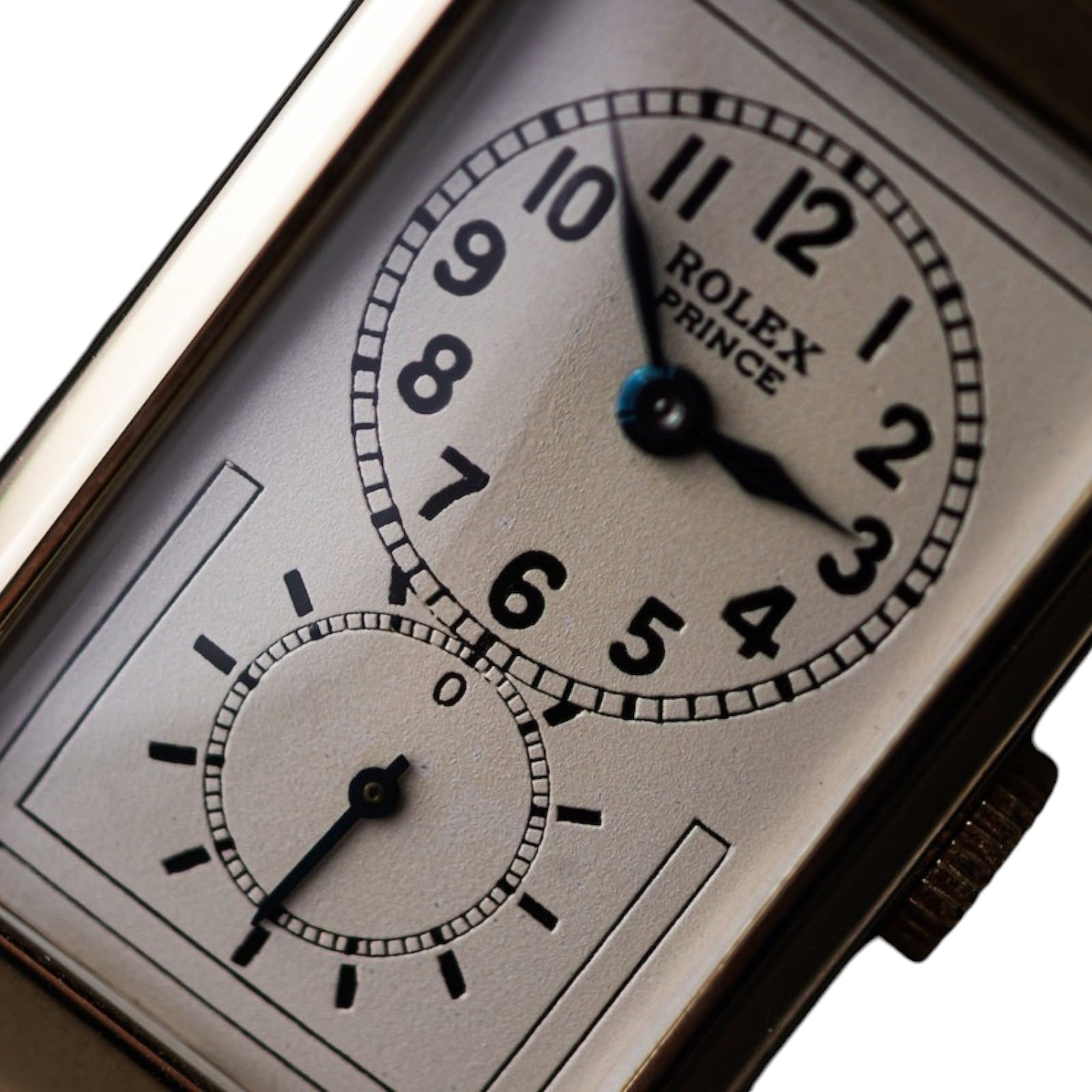
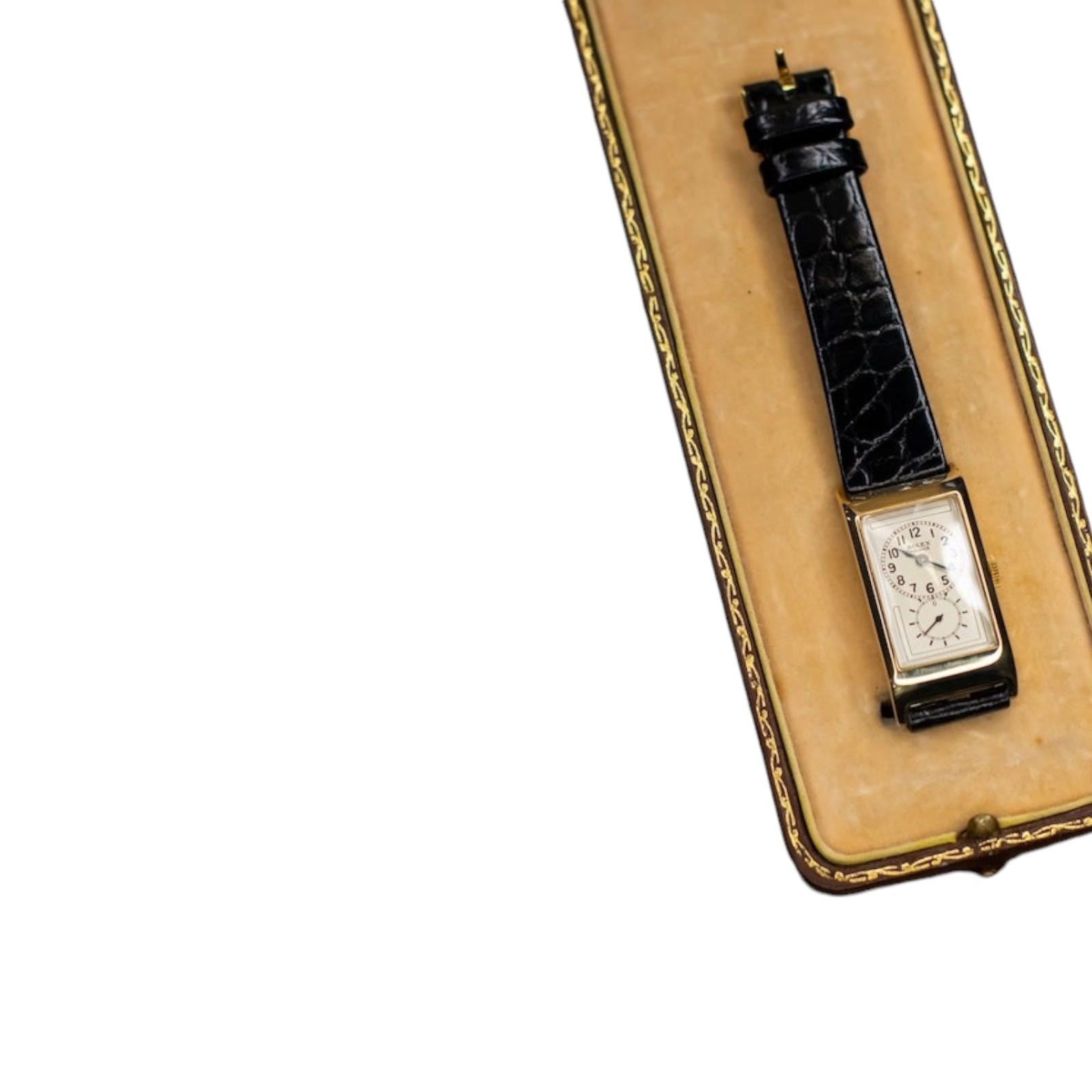
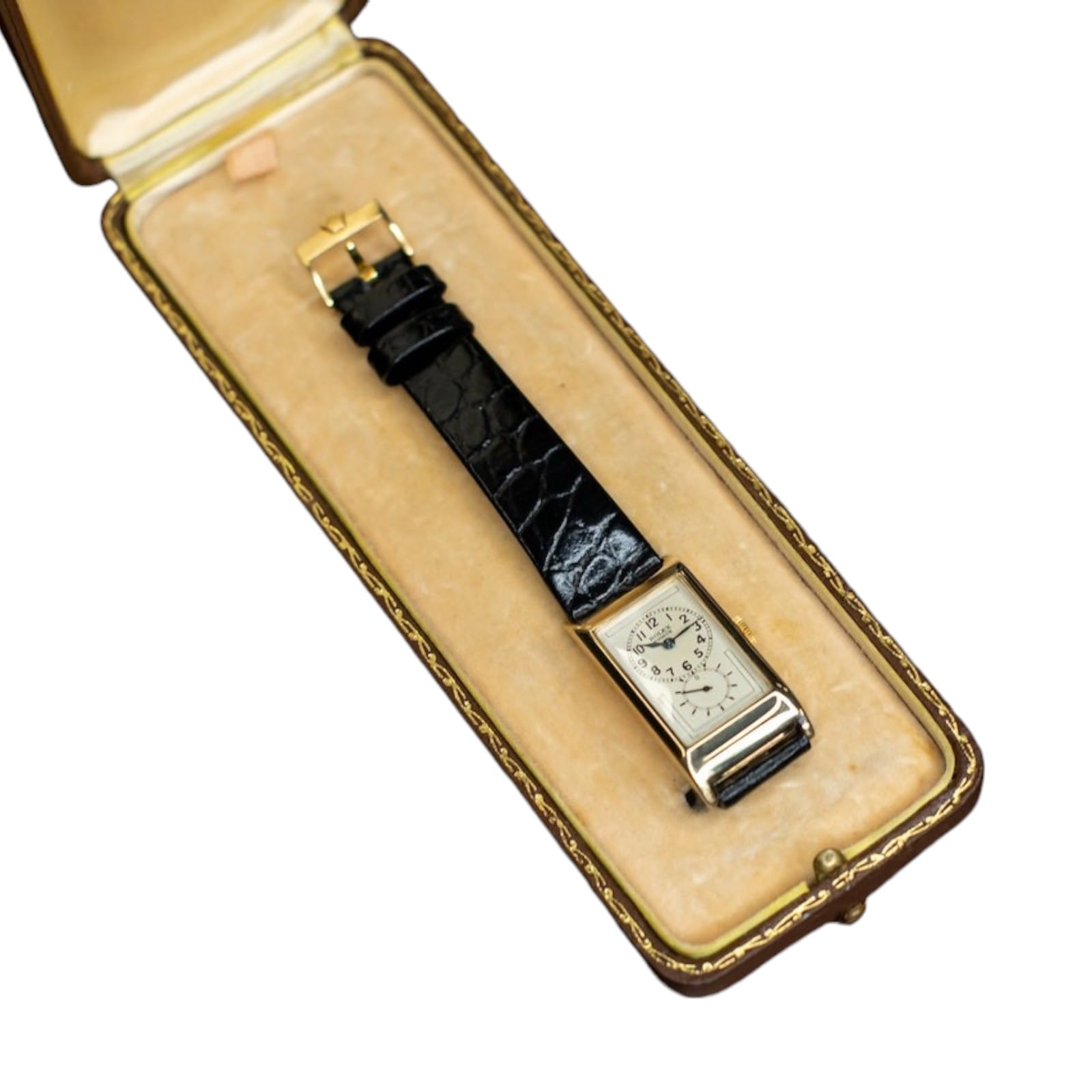
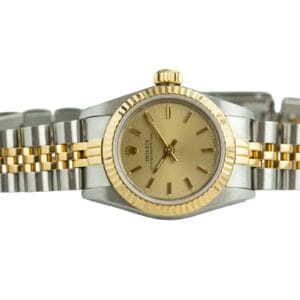
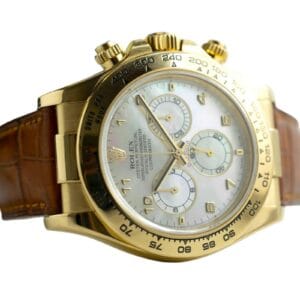
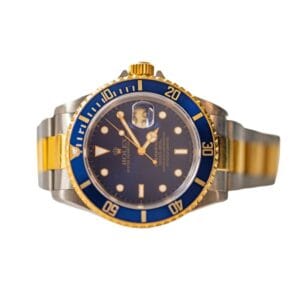
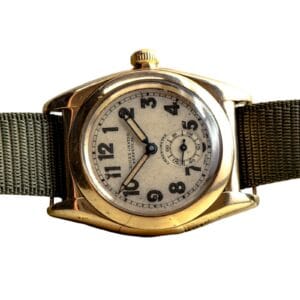
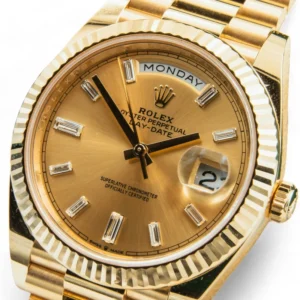
Reviews
There are no reviews yet.